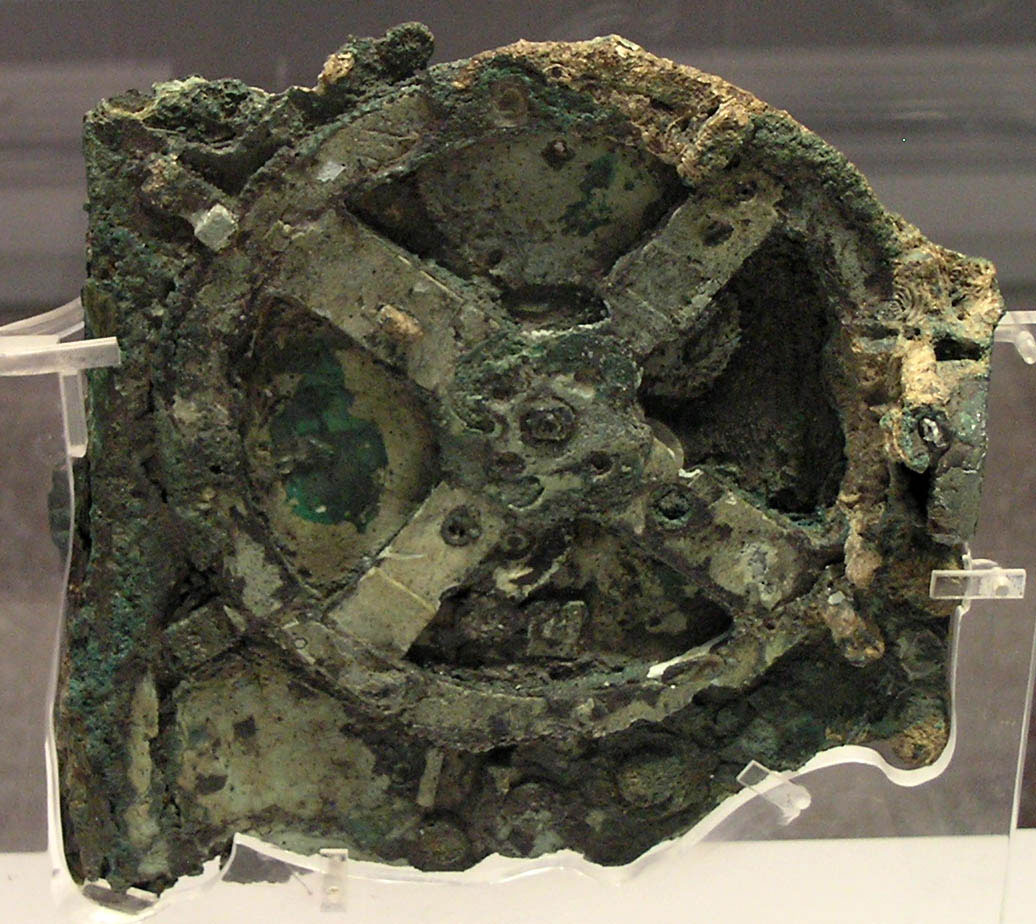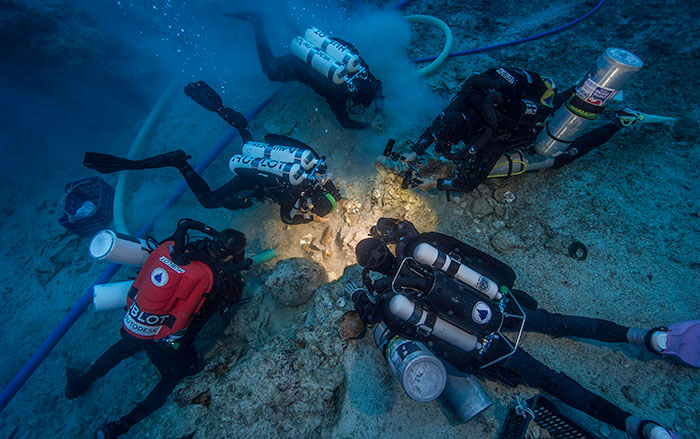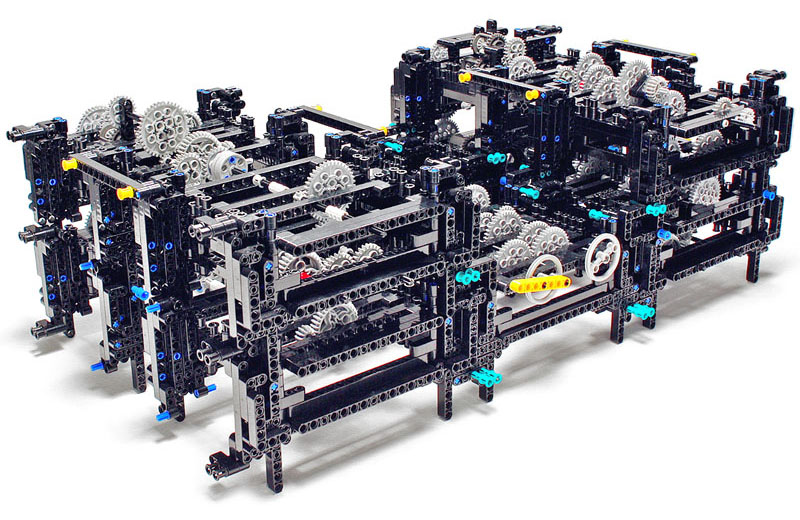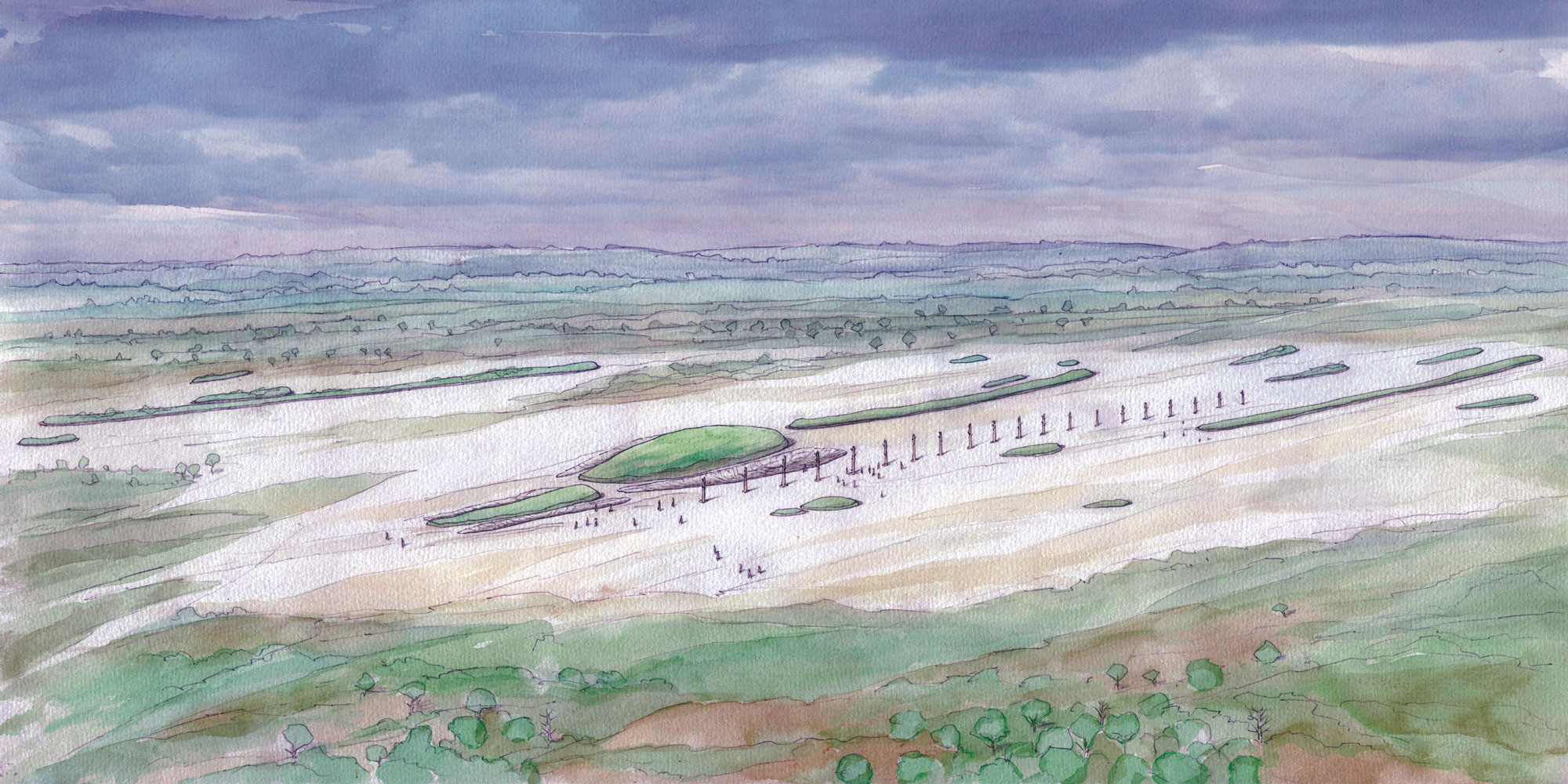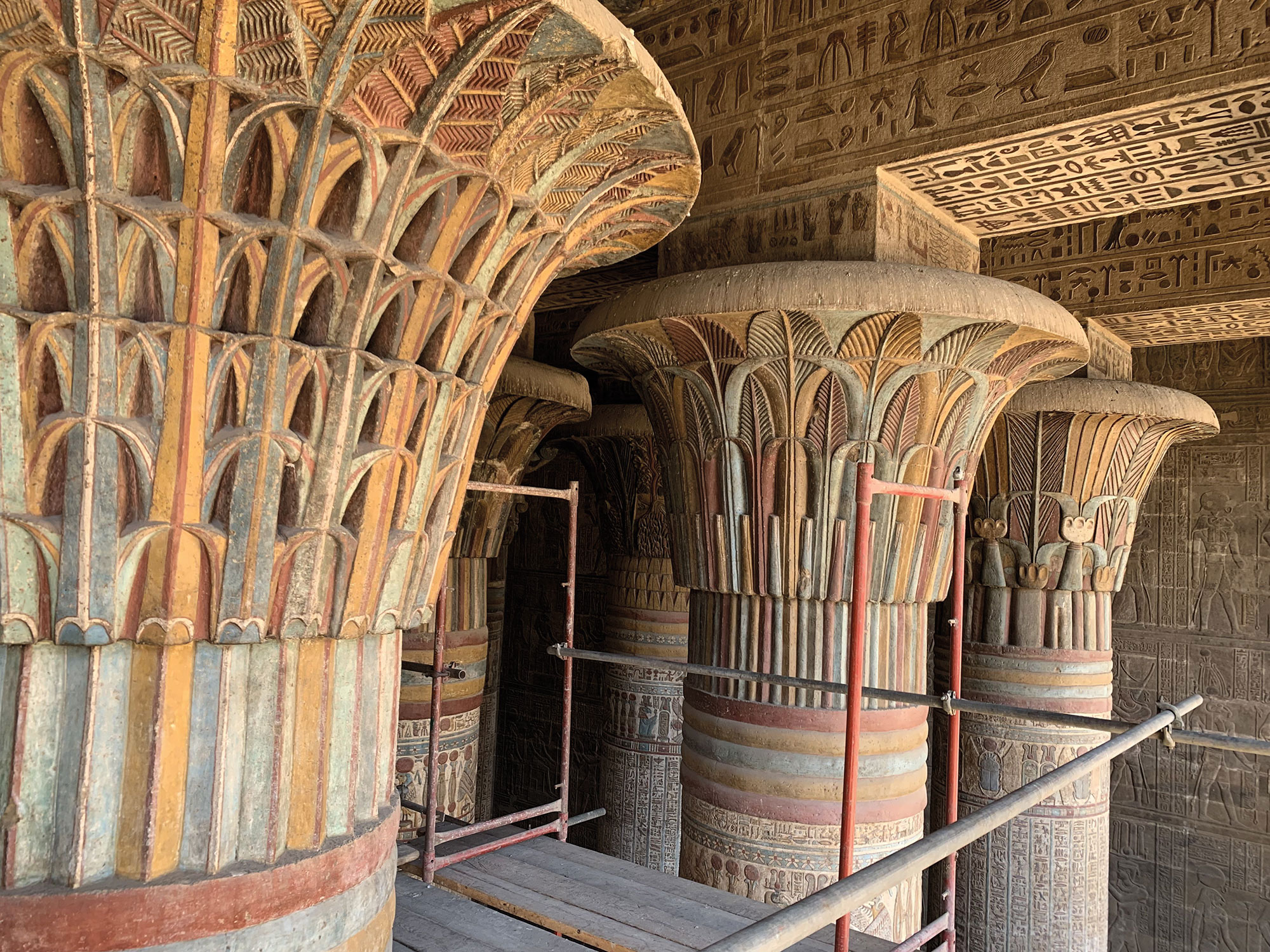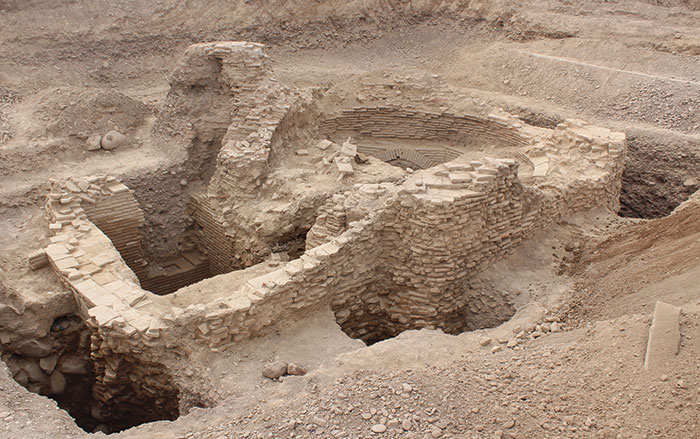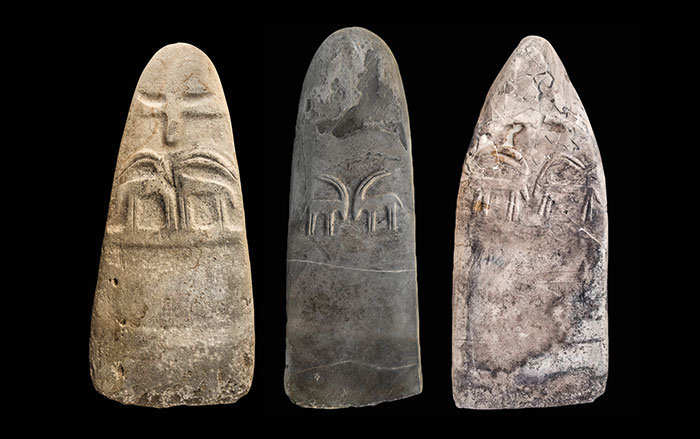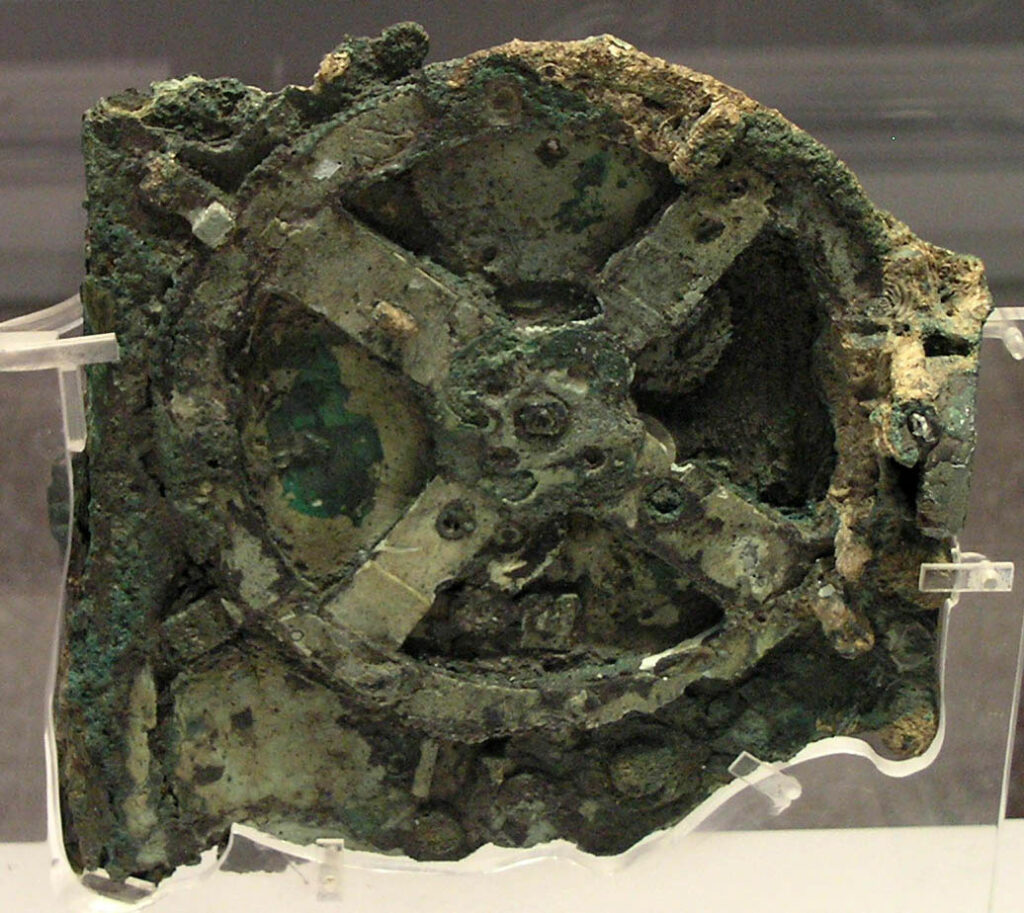
ANTIKYTHERA, GREECE—The Antikythera Mechanism, often called the world’s oldest computer, is one of the most enigmatic and intriguing ancient artifacts ever found. It was discovered in a first century b.c. shipwreck off the coast of Greece in 1901. Comprised of a hand crank and series of interlocking bronze gears, archaeologists believe that it could be used to predict astronomical phenomena such as eclipses and the movements of planets. However, according to Live Science, a new study suggests that in may not have worked very well. The issue may have been the mechanism’s triangular-shaped gear teeth. Computer simulation which reproduced the device’s current design suggested that the gear’s teeth may have routinely disengaged, causing the machine to jam. It is estimated that it could only be cranked about four months into the future before the gears slipped and required the object to be reset. However, the researchers do note that it is possible that current measurements of the gears and teeth are off and that two thousand years of corrosion may have warped or distorted the components far beyond their original state. To read about recent excavations of the Antikythera shipwreck, go to "Antikythera Man."


